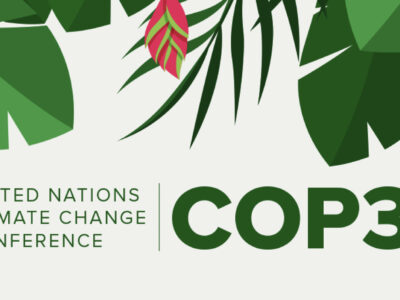
Global climate models allow scientists to simulate climates past, present and future, but they “are the beasts of the supercomputing community,” says physicist Mark Chandler of the NASA Goddard Institute for Space Studies, and Columbia University’s Center for Climate Systems Research. They take in the behavior of the whole planet, with changing atmospheric gases manmade or natural, ocean currents, wind patterns, activities of plants and microbes, earth’s shifting relationship with the sun and myriad other factors. It’s not surprising that only about 15 major institutions, including GISS, have the programmers and giant computing power needed to run such models.
In an effort to expand opportunities, Chandler has become curator of a model for the masses –a stripped-down version of GISS’s Global Climate Model II that can be run on a desktop computer. Since 2005, the Educational Global Climate Modeling Project has been downloaded 50,000 times, and adopted for teaching and research at hundreds of universities and other institutions. Chandler is now working on getting it used more in elementary and high schools. He described the project this week at the annual meeting of the American Association for the Advancement of Science, as part of a symposium on understanding climate by using dynamic visualizations. “Our goal is to train tens of thousands of people in climate modeling. We need to get more climate scientists out there,” said Chandler. He points out that grade-school students are already used to running devices that use fabulously complex computer codes. “They’re called Playstations,” he said.
The model is a suite of 50-some programs, lain over the framework of a database stored by Columbia. A user-friendly graphical interface allows users to organize their own experiments, and visualize the results. “The focus is not to force any particular result on anyone; they can run the experiments themselves and draw their own conclusions,” said Chandler. The model also connects to expandable image libraries and scientific journal articles. Recently, Chandler—whose own research involves modeling the causes of the mid-Pliocene warming, some 3 million years ago—has been giving workshops to high-school teachers on how to use the system. The only downside, he said: it is becoming almost too popular, making it hard to handle user queries. It was originally free–but now the project has started charging, mainly to slow down the growth of clients to a manageable pace.



